How to Increase Online Sales With Conversion Optimization Tools
Did you know that you can increase your online conversions by using website analytics and testing tools? If you answered yes, then the more important...
I know what I am looking for, and would like to chat.
A team of data-driven marketers obsessed with generating revenue for our clients.
Because the proof is in the pudding.
At Campaign Creators we live by three principles: Autonomy, Mastery, Purpose.
6 min read
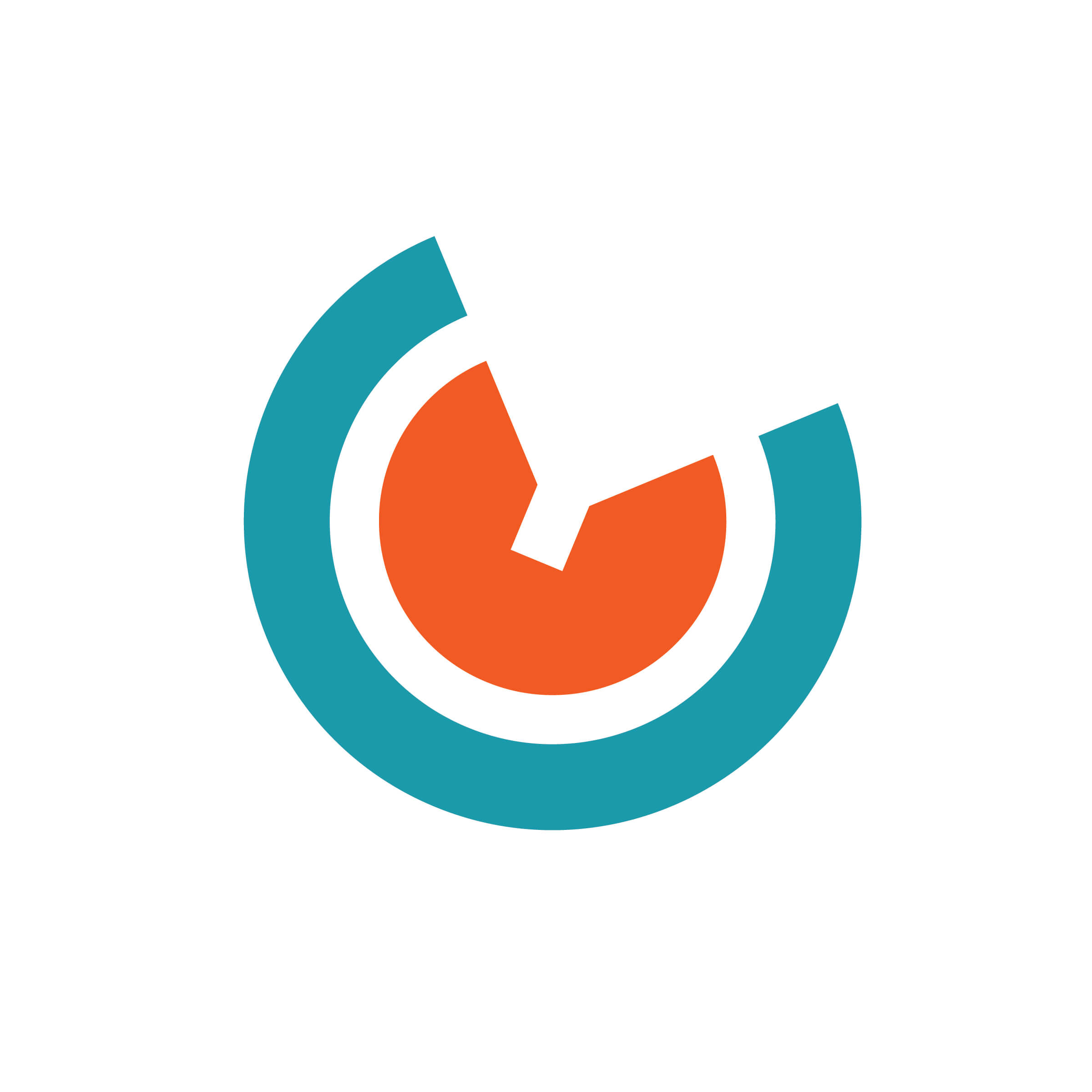 Campaign Creators
:
10/8/18 7:56 AM
Campaign Creators
:
10/8/18 7:56 AM
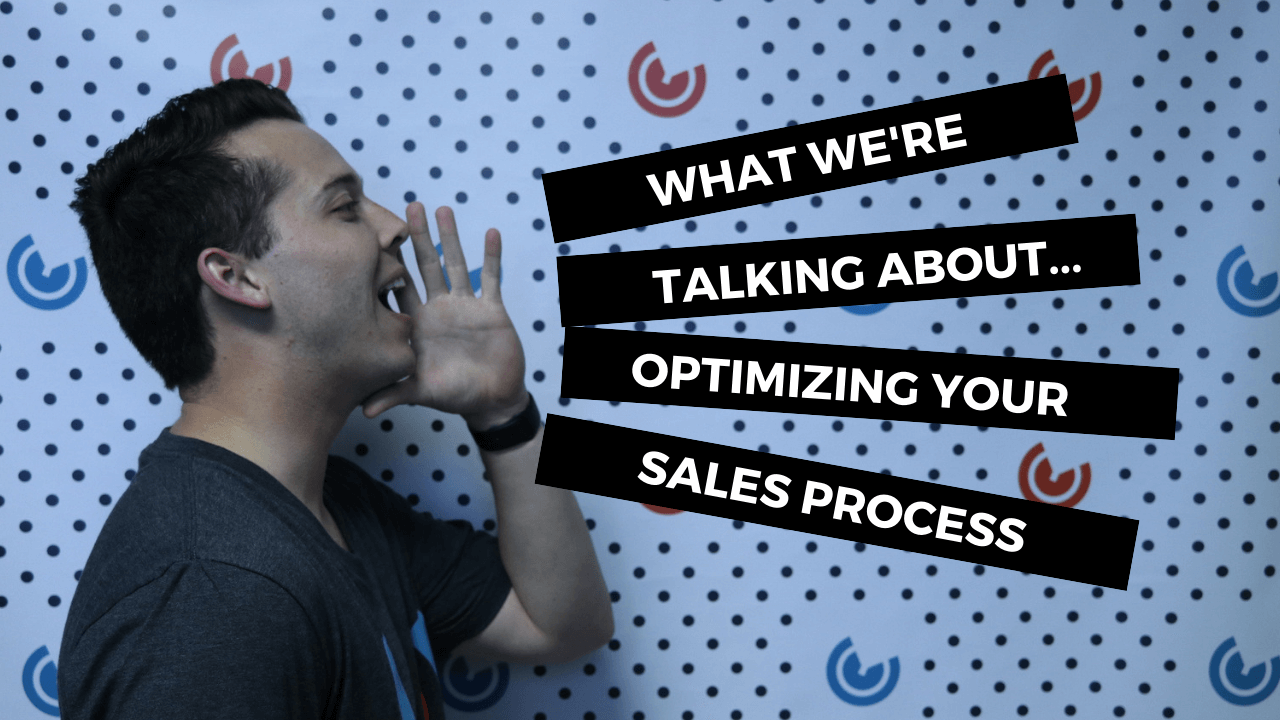
The practice of optimizing your sales process is ever important. It incorporates a balance of interaction and communication between different teams in your business. Additionally, to guide a potential customer through your sales process is now the role of sales, marketing and customer service teams. It is important that they relay the customer's problems and contextual information to each other in order to build valuable relationship with the customer.
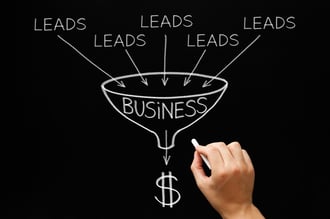
Traditionally, we think of a sales process as a funnel, where the top of the funnel represents awareness. Then, the further down a lead travels in your funnel, the more qualified they become. They become MQLs, then SQLs. You should want to nurture them through these stages. Eventually, they land at the bottom of your funnel, the decision stage. This stage is the decide-all and depends on whether or not your lead nurturing strategy was successful. So, does it effectively persuade a potential buyer that your product or service is the best solution for their problem? Consider, the effect of positive and negative customer experience and its direct impact on new leads in your awareness stage.
We want your sales process to fire on all cylinders, which means it's time to optimize it. A great customer experience directly impacts your ability to optimize sales, and you need to think about which strategies and tools you need to implement to ensure this.
So if you're wondering how you can optimize your sales process, here's what we're talking about...
Here's a great infographic to start you on your way while learning how to optimize your sales process. It illustrates several key points regarding the sales process, salespeople and customers involved in it. The infographic is broken down into a few sections including: the importance of lead response time, the importance and benefits of lead nurturing, the best types of salespeople, and insights and tips about when sales and marketing work well together.
The lead-response-time portion emphasizes that when a lead is discovered, you should follow up as soon as possible. Here are some stats to prove that:
The importance-and-benefits-of-lead-nurturing portions utilize case-study statistics that asked B2B companies at what stage in their sales process they were introduced to a lead, focusing on the idea that although each lead may be different, all leads need to be nurtured. From what was reported:
The best-types-of-salespeople portion focuses on 7 personality traits of top salespeople as well as the benefits from those that uncover customer problems. Top sales performers tend to be:
Their personalities are reflected in their jobs, and this helps them to know which factors are most common in a customer's decision to buy.
The when-sales-and-marketing-work-well-together portion provides us some final statistics about certain benefits which companies that integrate the two teams tend to enjoy:
Additionally, a few unique sales tips are included that promote the integration of the two teams:
A shorter sales cycle is an important objective for sales teams. To achieve this you can look to prioritize efficiency in your sales team to speed up your sales cycle in both the short-term and long-term. Effectively implement strategies to achieve this, such as (for the short-term) scheduling regular meetings with your team or (for the long-term) establishing brand recognition. Aside from those examples, here are 12 strategies you can use to speed up your sales cycle, heavily focusing on transparency within business:
Hopefully we made these her 12 points as clear as day, but if there is still confusion about what they mean or their purpose, check out HubSpot's blog to better understand!
HOW TO BUILD A PRODUCTIVE SALES CULTURE VIA HARVARD BUSINESS REVIEW
Is your sales team driving in the right direction? If not, time, energy and money is being wasted, and your sales might begin to falter. This article by Harvard Business Review's Frank V. Cespedes and Steve Maughan will walk you through four different sales steps you can take on to effortlessly build a successful and productive sales culture.
The first of which is your strategy and planning process. Begin familiarizing your business's employees with its strategy for the upcoming sales cycle. Each employee must be adept in understanding your company's strategy and planning as they will be interacting with customers on an account by account basis.
The second of which is about cost-to-serve and customer selection. It is important to limit your clientele to those within the scope of your business. Are they the right fit for you? Customers differ person-to-person, some costing more to sell your product or service to than others, possibly damaging your profits in the process. So, know who is your target audience and the personalized sales process of your business to optimize return on capital.
The third of which is about sales capacity and allocation of effort. Simply viewing data as numbers is ineffective. For contextual importance, it should be analyzed. By analyzing sales data, your company can result in better resource allocation decisions.
The last step is about performance reviews. Core search optimization issues can often only be seen at the account level and with account managers. Reviews reveal where there are informational patterns and if customer selection is supported or should be changed.
Made it this far? Awesome! If you're interested, which we hope by this point that you definitely are, then go over and visit HubSpot, where they offer an Inbound Sales Certification. This is the company that coined the term Inbound Marketing. So, it's no surprise that they should be your go-to affiliate on learning how to apply the inbound approach to the world of sales. In this certification, you'll learn how to identify new prospects, connect with them, explore their needs, and even advise them on a path forward. The certification is built around educational videos and practice tests that ultimately lead into about a ~50/60 question test. The certification's videos take a bit of time to go through, but the information is invaluable for knowing how to optimize your sales process.
Don't forget about the tools and services you'll need to optimize your sales process! These tools will provide a foundation for your business to operate under. That's why we were so excited when we found this lengthy product review list, written by Max Altschuler, CEO of Sales Hacker. He covers 150+ sales tools with short descriptions of their features and how they help improve your sales process, and all are categorized by purpose. The categories included are:
Even if you already have a good foundation of sales tools, or if you are curious about a specific tool or service, then this list is perfect for you! Overall, we recommend this list as a starting point when researching a sales tool, so if one grabs your attention, you can further research it.
With every passing moment your business has the opportunity to grow and reach out to a new potential customer. With so many tools and strategies available to optimize your sales process, there is no better time to start than now! A fully optimized sales process greatly increases the likelihood of attracting new leads, helping to nurture those leads and closing current accounts faster. Now that you know where to start, get out there and start optimizing your sales process!
One way you can start optimizing your sales process is by speeding up your sales cycle and introducing more qualified leads to your sales team. You can achieve this through an automated lead nurturing campaign. Check out our How to Create a Lead Nurturing Campaign Guide and learn how to create one for your own business.
This blog is part of "Your Definitive Guide to Conversion Rate Optimization" blog series and "Your Definitive Guide to Lead Nurturing" blog series.
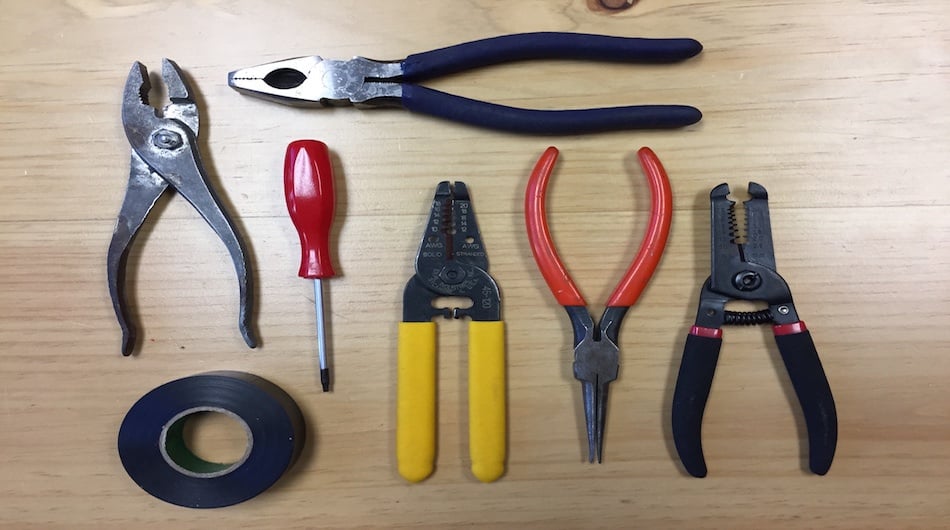
Did you know that you can increase your online conversions by using website analytics and testing tools? If you answered yes, then the more important...
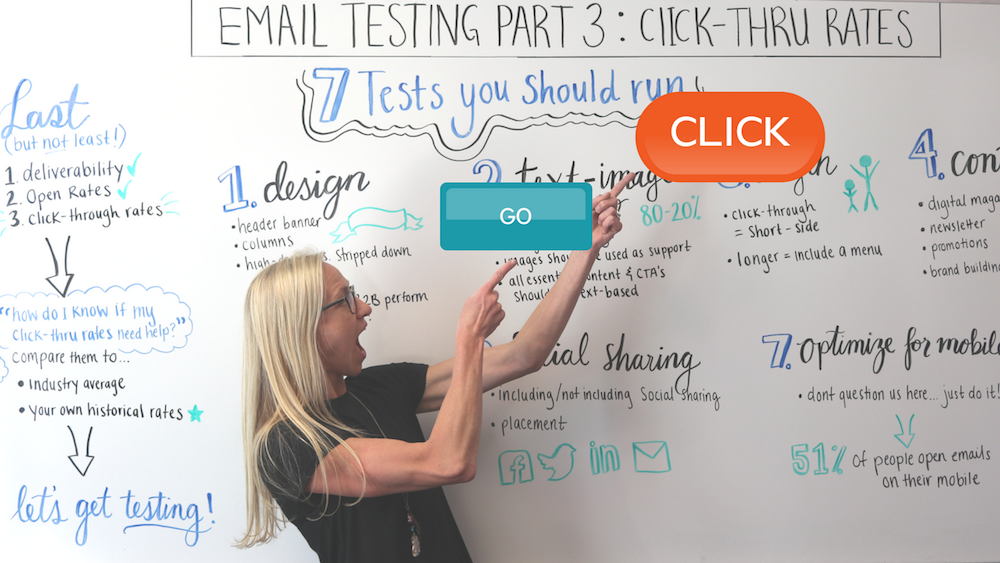
Welcome to Part 3 in our series on Email Testing: Click-through rates. In Part 1 of our series, I covered the top 3 things you should be testing and...

Years ago I was on a webinar where they were discussing a shift in how customers are acquired. They called it the customer 2.0 trend (or 3.0...